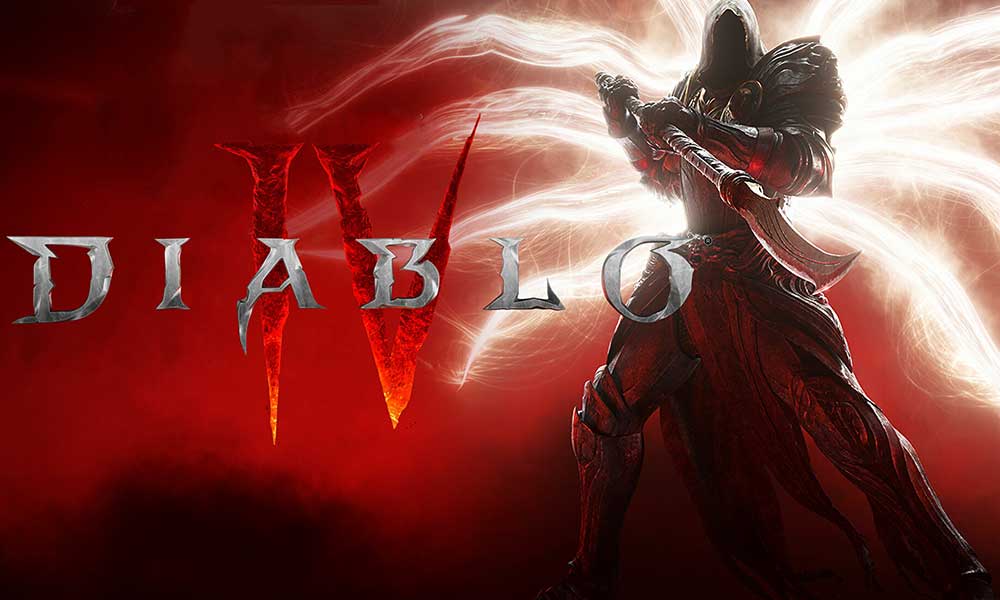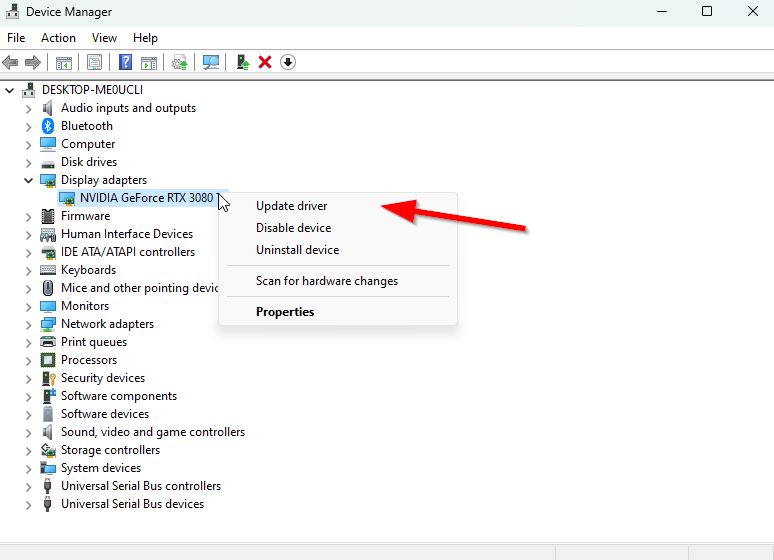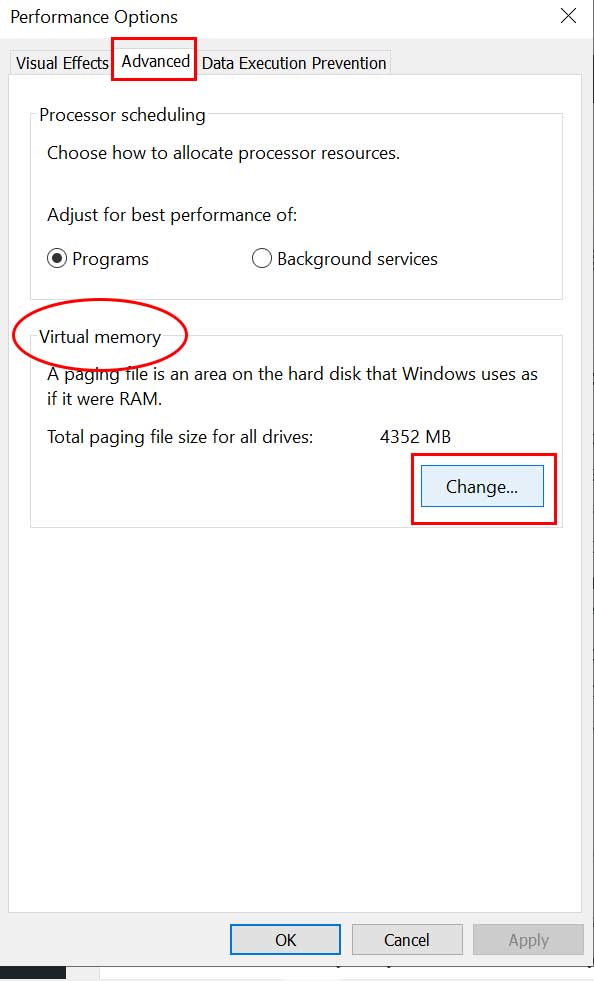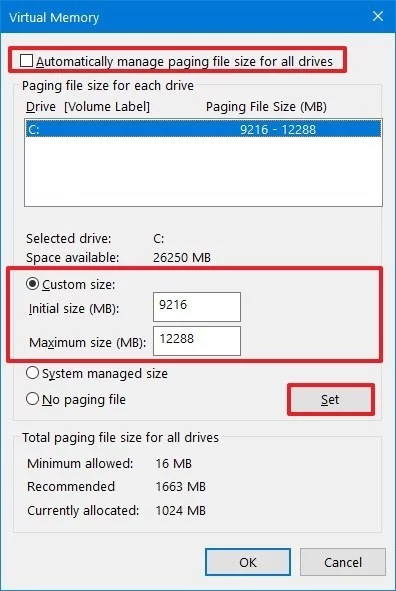The newly launched Diablo 4 is currently one of the trending action RPGs that fans have been eagerly waiting for. It did initially go through some rough patches due to the open beta platform where developers will take some time to provide enough fixes and features whatsoever. But now the beta stage has been closed and some unfortunate players are experiencing the Diablo 4 map not loading issue on the PC. Well, it becomes frustrating enough for the affected players but there is nothing to worry about.
It’s needless to say there are some bugs or issues still present that might occur while logging into the game or connecting to the servers online. This latest action RPG title from the Diablo series is though offering a great overall gaming experience, there are startup crashes, lags, graphical glitches, out-of-memory errors, frame drops, etc can appear a lot on the PC version. However, the in-game map not loading issue can be pathetic as affected players are unable to proceed further.
Also Read
Fix: Diablo 4 Can’t Use Skills and Abilities
Fix: Diablo 4 Beta Character Deleted or Not Showing
Fix: Diablo 4 Servers Not Available Error 34202
Fix: Diablo 4 Your Account is Currently Locked | Error Code 395002
How to Fix Diablo 4 Can’t Enter Towns Invisible Barrier Bug
Diablo 4 World Tier 1 or 2 Choice; Which One Is Best?
How To Play Diablo 4 On Steam Deck
How to Fix Diablo 4 Access Violation C0000005 Error
Fix: Diablo 4 Unable to Claim Quest Rewards
Fix: Diablo 4 Achievements Not Unlocking

Page Contents
Fix: Diablo 4 Map Not Loading
We should mention that the specific cause of this particular issue is not clear yet. But it may be related to in-game bugs or compatibility issues, system compatibility issues, an outdated game patch version, corrupted game files, server connectivity conflicts, incorrect graphical settings, outdated graphics drivers, etc. As per several reports on Reddit, Diablo IV prevents players from loading the map and they get stuck on the loading screen quite often.
Now, if you’re also encountering the same kind of issue then make sure to follow this troubleshooting guide to resolve it. Make sure to follow all workarounds until the problem has been fixed. So, without further ado, let’s jump into it.
1. Restart the Game
First of all, you should try restarting the Diablo IV game on the PC to clear temporary glitches or cache data issues with the game whatsoever. Sometimes the game data-related conflicts can also trouble you a lot.
2. Try Lowering the Graphics Settings
You can also try lowering the in-game graphics settings or the display settings manually to the low or medium options to cross-check if the game is able to load the map properly or not. Conflicts with incorrect or incompatible graphics settings might cause map loading issues. So, reduce the in-game graphics options as follows:
- Resolution – Native Display Resolution of the Monitor
- HDR – Off
- Vertical Sync – Off
- Resolution Percentage – 100%
- Temporal Reconstruction – On
- DLSS – Off
- Max Foreground FPS – Your choice
- Max Background FPS – 8
- Quality – Custom
- Texture Quality – Medium
- Anisotropic Filtering – 16x
- Shadow Quality – Medium
- Dynamic Shadows – On
- Soft Shadows – Off
- Shader Quality – Medium
- SSAO Quality – Medium
- Fog Quality – Low
- Clutter Quality – Low
- Fur Quality Level – Medium
- Water Simulation Quality – Medium
- Anti-aliasing Quality – Low
- Geometric Complexity – Medium
- Terrain Geometry Detail – Low
- Physics Quality – Medium
- Particles Quality – Low
- Reflection Quality – Low
- Screen Space Reflections – On
- Distortion – On
- Low FX – On
3. Update Graphics Drivers
An outdated graphics driver version can eventually trigger multiple issues with the graphics-hungry program running smoothly. So, updating graphics drivers on your Windows system is always required to run all the programs smoothly. To do this:
Recommended Update:
- Press the Win+X keys and open Device Manager.
- Double-click on Display Adapters to expand the list.

- Right-click on the dedicated graphics card device.
- Select Update driver > Choose Search automatically for drivers.
- An update will automatically download and install the latest version if available.
- Once done, make sure to reboot your computer to change the effects.
Manual Update:
Alternatively, you can manually download the latest graphics driver version and install it directly from the official website respective to your graphics card manufacturer. Nvidia graphics card users can update the GeForce Experience app via the official site. Meanwhile, AMD graphics card users can visit the AMD website for the same. Intel graphics card users can visit here.
Also Read
4. Check for Diablo IV Updates
It’s recommended to check for the Diablo IV update on your respective gaming device by following the steps below to ensure there is no outdated game patch version troubling you. Sometimes an outdated game version can eventually trigger several issues with the game launching or map loading issues whatsoever.
Battle.net:
- Open Battle.net > Go to Library.
- Select Diablo IV.
- Click on the cog wheel icon of the game.
- Now, select Check for Updates.
- If an update is available, download and install it.
Steam:
- Open Steam > Go to Library.
- Click on Diablo IV.
- You can click on the Update button, if available.
- Wait for the game to install the update.
- Once done, close the client, and reboot the system.
5. Verify and Repair Game Files
Sometimes missing or corrupted game files might trigger several issues that can be frustrating enough with the game launching or map loading issues. You can follow the steps below to verify and repair the installed game files.
Battle.net:
- Open Battle.net > Click on Diablo IV.
- Click on OPTIONS (Gear icon).
- Next, click on Scan and Repair.
- Click on Begin Scan.
- Wait for the repair process to complete.
- Once done, close Battle.net, and restart your PC.
Steam:
- Open Steam > Go to Library.
- Right-click on Diablo IV.
- Go to Settings > Select Properties.
- Click on Local Files > Select Verify integrity of game files.
- It may take a couple of seconds to verify.
- Once done, close Steam, and restart the PC.
6. Try Using Another Network Connection
It’s also recommended to use another network connection at your end to ensure there is no issue with the internet connection. Sometimes issues with poor or unstable network connectivity might trigger multiple conflicts with the game loading as well as map loading issues. You can try using another Wi-Fi or a mobile hotspot to check for the issue again. If you’re still unable to find the issue then contact your ISP (internet service provider) and get technical help.
7. Check the Server Status
You should also check the Diablo server status (online services) from the third-party DownDetector webpage. At the time of writing this article, we can see that there are some outage reports that have been claimed by plenty of players in the last 24 hours. So, if you’re also facing server downtime then wait for a couple of hours and try again later. In case, there is no downtime report surfaced at the time you’re trying then move to the next method.
8. Increase the Virtual Memory
The chances are high that setting up the paging file size for the virtual memory should be equal to or higher than the RAM capacity of the system. Overall, you’ll have to increase the virtual memory size on your PC from the storage space so the respective game can run properly using the extra virtual memory space. If you want to change the virtual memory paging file size, then follow the steps below properly:
Please Note: You must be logged on as an administrator or a member of the Administrators group to complete this process. The network policy settings may also cause such issues if your computer is connected to a network.
- Open the Start menu > Search and open Control Panel.
- Click on Performance and Maintenance > Go to System.
- From the Advanced tab, click on Settings under Performance.

- On the Advanced tab, click on Change under Virtual Memory.
- Under Drive [Volume Label], click on the drive that contains the paging file you want to change.
- Under Paging file size for the selected drive, click on System Managed Size > Click on Set.
- If this option hasn’t been flagged, restart the PC after flagging it.
- If the system paging file size is used to be System Managed then under Paging file size for selected drive, click on Custom size.

- Now, type a new paging file size in megabytes in the Initial size (MB) or Maximum size (MB) box. [It should be 1.5x-2x higher than the physical RAM]
- Finally, click on Set > Restart the PC to apply changes.
9. Reinstall Diablo 4
Last but not least, you can uninstall and reinstall the Diablo 4 game on the PC by following the steps below to ensure there is no issue with the game installation. Make sure to reinstall the game on a different drive to avoid any kind of potential glitches or disk-related issues. Although this method isn’t suitable for everyone, you should try it once because there is no other workaround left.
Battle.net:
- Open Battle.net > Click on Library.
- Click on Diablo IV from the left side.
- Select Options on the left pane.
- Click on Uninstall Game > Restart the computer.
- Open Battle.net again > Install Diablo IV.
- Click on Options > Select Modify Install.
- Next, click on Confirm > Choose Start Install.
- After installing, run the game.
Steam:
- Launch Steam > Go to Library.
- Right-click on Diablo IV.
- Go to Manage > Click on Uninstall.
- Click on Uninstall again to confirm.
- Follow the on-screen instructions to complete.
- Now, restart the PC to apply changes.
- Launch Steam > Reinstall Diablo IV from the Steam Store.
10. Contact Support
If none of the workarounds did fix your issue then you can try to contact Diablo IV Support and submit the support ticket to get a faster resolution. Submitting the support ticket will help developers to investigate the issue further and you’ll also be able to get a proper solution ASAP.
That’s it, guys. We hope this guide was helpful to you. For further queries, you can comment below.
